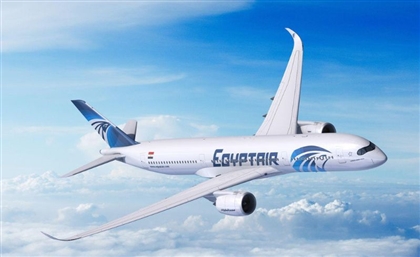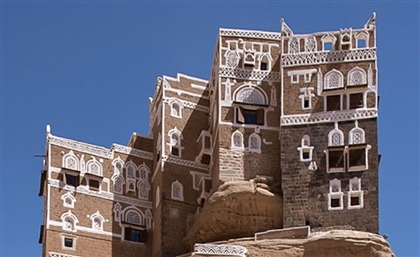Dissecting the History of MENA’s First Airline: EgyptAir
Established in 1932, EgyptAir, originally Misr Airwork, stands as the Middle East's first airline and the seventh in the world.
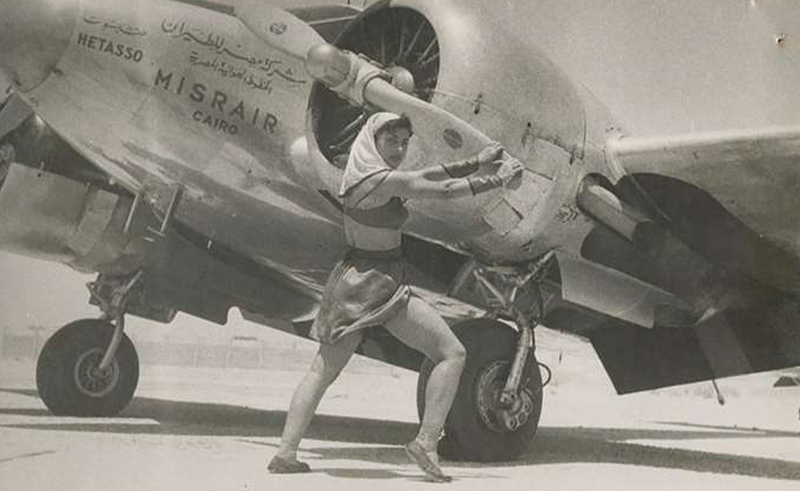
Originally Published on November 18th, 2024
When Wilbur and Orville Wright flew the first aeroplane in December 1903, the world was in a state of shock—humans could now fly, a notion that seemed utterly ridiculous and fantastical by the standards of the 19th and 20th centuries. Today, taking a flight is as simple and straightforward as riding a bicycle (carbon emissions aside).
Though the first flight took to the skies in 1903, innovation was fast-approaching, with the first airline—The Deutsche Luftschiffahrts-Aktiengesellschaft—beginning operations in 1909, a mere six years later. In 1932, the Arab world received its very first airline—EgyptAir.
Originally named Misr Airwork, EgyptAir stands as the Middle East's first airline and the seventh-oldest airline in the world. Its early operations were modest, as one would expect of the era, flying short domestic routes between Cairo and Alexandria, later offering flights to Port Said, Asyout, Minya, Luxor, and Aswan.
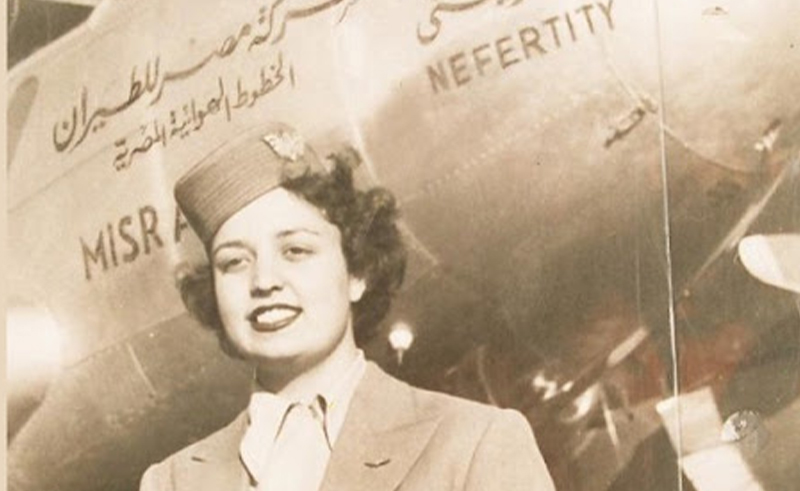
Initially, the airline was formed in partnership with Airwork, a British aviation company. With its first fleet comprising Spartan Cruiser aircraft, Misr Airwork symbolised Egypt’s entry into the modern aviation era.
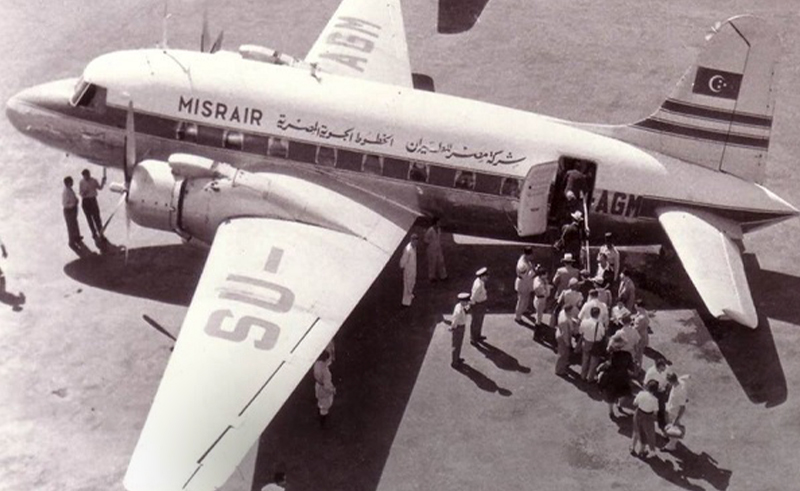
The early 1940s saw changes, however, owing to World War II. As the airline's British partner was forced to withdraw due to the war, the Egyptian government took full control, renaming it Misr Airlines in 1941. This nationalisation allowed Egypt to further invest in its aviation capabilities, with the acquisition of new aircrafts like the De Havilland Dragon, positioning it as a key player in air travel. By 1946, the airline had acquired 10 Beechcraft planes, marking the introduction of American aircraft into its fleet.
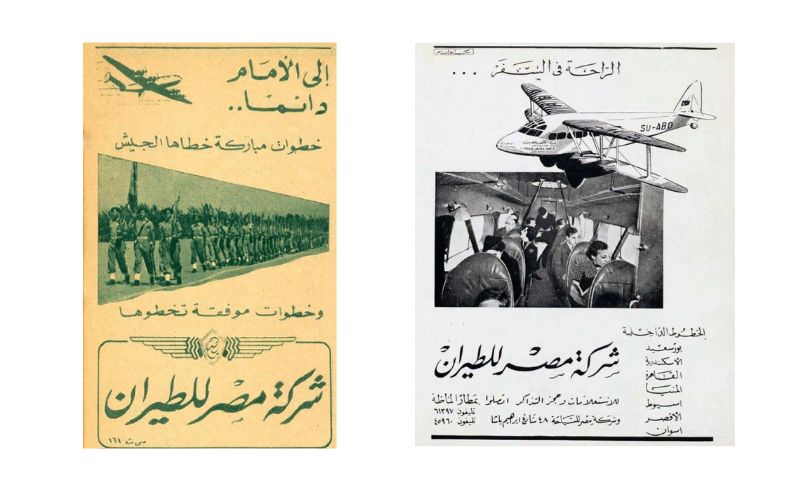 In 1960, when Egypt and Syria became the United Arab Republic led by President Gamal Abdel Nasser, the airline entered a new phase, merging with Syrian Airlines, which resulted in the formation of United Arab Airlines. UAA became the first airline in the Middle East to introduce the Comet 4C jets into its fleet, signalling a move toward jet-age technology. These jets allowed for longer flight times, leading to the expansion of the airline’s reach into Europe and further destinations within the Middle East, including Sudan and Cyprus.
In 1960, when Egypt and Syria became the United Arab Republic led by President Gamal Abdel Nasser, the airline entered a new phase, merging with Syrian Airlines, which resulted in the formation of United Arab Airlines. UAA became the first airline in the Middle East to introduce the Comet 4C jets into its fleet, signalling a move toward jet-age technology. These jets allowed for longer flight times, leading to the expansion of the airline’s reach into Europe and further destinations within the Middle East, including Sudan and Cyprus.
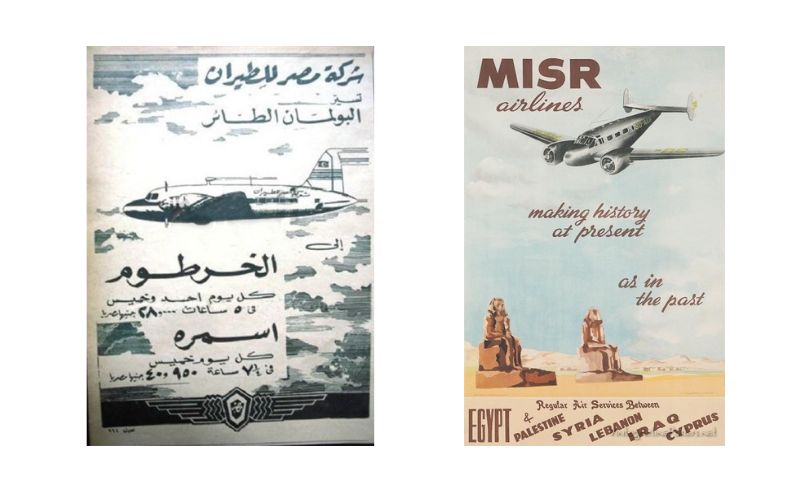 Throughout the 1960s, UAA continued to grow, effectively becoming a symbol of modern Arab identity. However, by 1971, the political alliance between Egypt and Syria came to an end, resulting in its dissolution.
Throughout the 1960s, UAA continued to grow, effectively becoming a symbol of modern Arab identity. However, by 1971, the political alliance between Egypt and Syria came to an end, resulting in its dissolution.
EgyptAir, as it is known today, with its name remaining unchanged, was born from the ashes of that separation.
- Previous Article 25hours Hotel to Launch First Egypt Location at West Cairo’s Junction
- Next Article Six Unexpected Natural Wonders to Explore in Egypt




